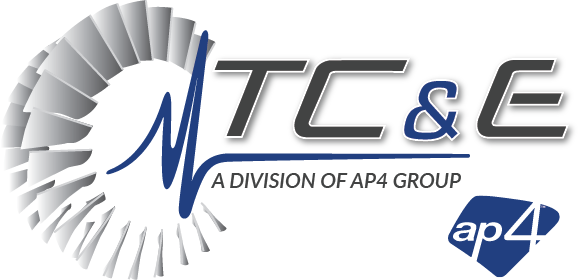As LCI static start systems age, failures are more common. System failures cost businesses and plants hundreds of thousands of dollars in downtime, penalties, fees, and repairs. However, by understanding the different failure modes of LCIs, you can be more proactive about upgrading and maintaining your LCI static start system.
In this article, we will introduce the different failure modes of LCI static start systems, and which are most common today.
The Most Common Failure Modes of LCIs
During the summer of 2017, TC&E had 17 different LCI forced outages between Memorial Day and Labor Day. Looking back at this number, this likely resulted in an average of 36 hours of forced outage time, which equals to over 600 missed hours of operation.
LCI static start systems are one of the most critical assets in your fleet—and, yet, many people forget about it. As a result, failures occur. And when they do, they are likely related to the mechanical systems.
Water Systems
There have been more failures related to the mechanical water systems. This is becoming a big issue. Most LCI static start systems were installed over 20 years ago, so upgrades to the water systems are becoming more and more necessary.
Motor Drives
Back in the 1980s, OEMs started realizing that utilizing a synchronous motor drive for LCI technology was an important piece of equipment. Therefore, the original LCI static start system was first designed with a synchronous motor drive.
Then, in the mid-1980s, GE started to utilize the 4160v motor drive on an 18KV, or 138KV generator. That’s the trick of this: It is turning your 18,000-volt generator into a 4160v motor. That’s where some of the complexity of the controls comes in…
Controls
Because controls in older LCI static start systems have aged, components are beginning to fail. However, technology has also become obsolete, which makes finding replacement parts difficult. As a result, GE and other manufacturers have upgraded the technology used in their control systems.
For example, the fourth version of the static starter, which is GE’s LS2100e became available in 2010. This is the exact same power bridge and the same cooling system, but they upgraded the controller and also the communications. All the “e” stands for is that it’s ethernet-based.
As a result, in an effort to reduce the number of failures, many plants are upgrading their controllers to a more modern processor base and moving away from the old card-based LCIs.
As we mentioned briefly at the beginning of this article, most of the LCIs right now have been installed between 2000 and 2005, and have been in service since. As equipment begins to deteriorate and break down, failure is more frequent, driving up maintenance and repair costs for plants. Furthermore, replacement parts are becoming obsolete as technology continues to improve and advance, and the number of qualified field engineers available to help with these repairs decreases by the day.
How TC&E Can Help
At TC&E, we are fully equipped with a team of specialists and field engineers who are qualified and experienced to work on older LCI static start systems, perform maintenance and repairs, and even perform upgrades.
To learn more about how we can help keep your LCI static start systems running as efficiently as possible, contact us today.
 Watch Our Webinar & Videos
Watch Our Webinar & Videos